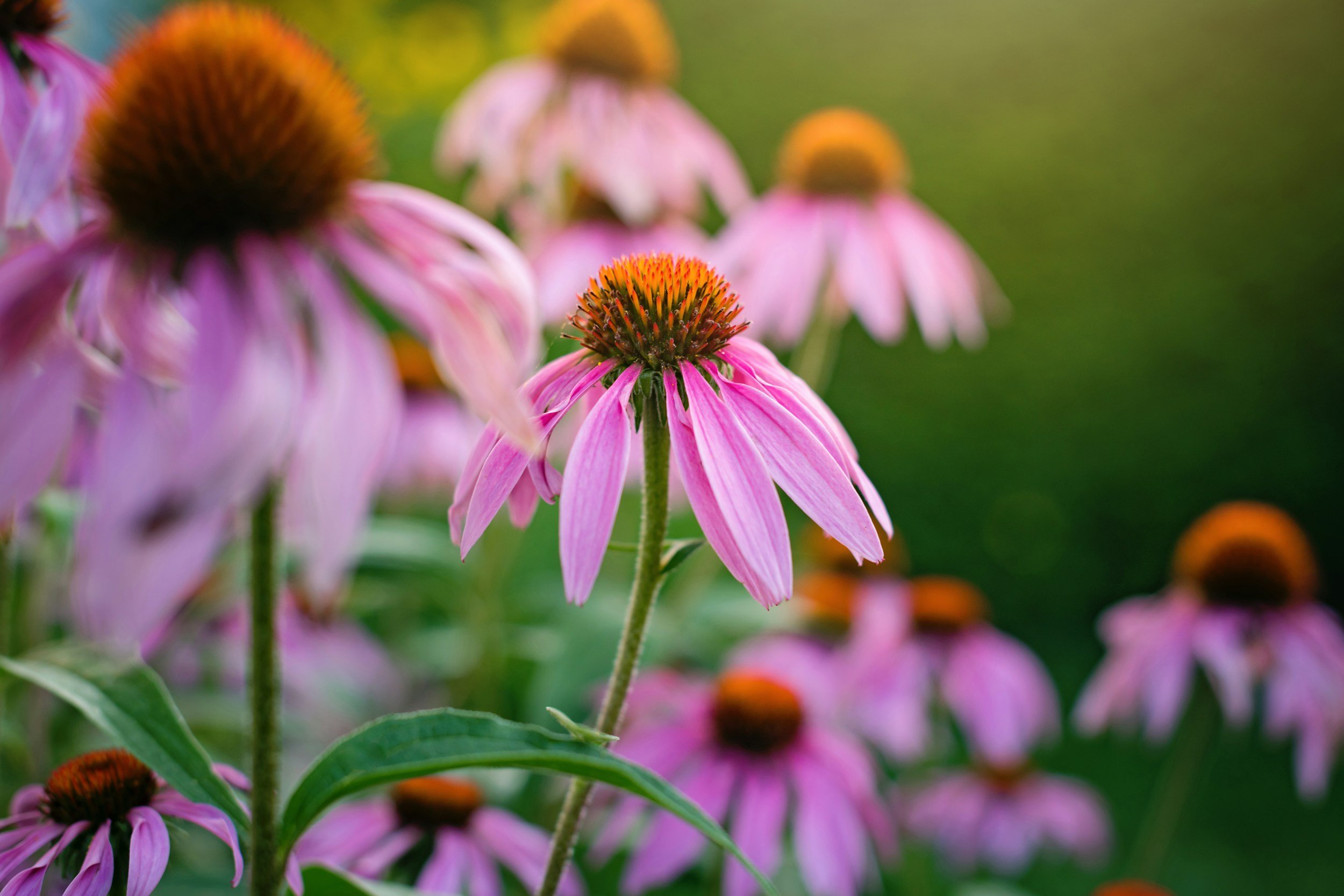
Echinacea
Echinacea
(Echinacea angustifolia, E. pallida, E. purpurea)
Echinacea (Echinacea purpurea) is one of the best-known immune-supporting herbs. Traditionally used at the start of infection or when resistance feels low, it’s valued for its pungent, tingling roots and vibrant cone flowers. A staple for modern herbalists and home apothecaries alike.
Plant family
Asteraceae
Other significant names
Coneflower
Purple coneflower
Parts used
Herba (Herb)
Radix (Root)
Semen (Seeds) (occasionally)
Typical forms of prescription
Tincture
Capsules
Dosage:
Tincture (1:2): 20–40 ml per week,
may be increased short-term for acute conditions;
Dried herb: 2–4 g per day.
Echinacea (Echinacea angustifolia, E. pallida, E. purpurea) - Clinical Snapshot
Primary Actions
Lymphatic
Immunomodulator
Anti-catarrhal
Depurative
Expectorant
Antitumor
Antibacterial
Antiviral
Vulnerary
Primary Indications
Upper respiratory tract infections
Coughs
Catarrh
Glandular inflammation
Treatment and prevention of infections
Enhanced immune response
Colds and flu
Laryngitis
Tonsillitis
Poorly healing wounds
Impetigo
Boils
⚠️ Cautions / Safety⚠️
Asteraceae allergy
Caution with immunosuppressive medications
Caution in children
Rare reports of leukopenia and erythema
Echinacea spp.
Phytochemistry and Pharmacology
-
Chemical Class: Lipophilic isobutylamides
Action: Immunomodulating, anti-inflammatory, analgesic
Use: Alkamides are among Echinacea’s most pharmacologically active compounds. They stimulate and modulate immune cell activity, especially macrophages and natural killer cells, and show cannabinoid receptor affinity, helping reduce pain and inflammation. A tingling sensation on the tongue is often used as a marker of alkamide potency.
-
Action: Immunostimulant, anti-inflammatory, demulcent
Use: High-molecular-weight polysaccharides enhance non-specific immune response, stimulating white blood cell activity and cytokine production. They also contribute to a soothing and tissue-supportive action, especially useful in respiratory tract infections and irritated mucosa.
-
Action: Immunostimulant
Use: Glycoproteins work synergistically with polysaccharides to activate macrophages and immune signalling, adding depth to Echinacea’s ability to prime the body’s defences against viral and bacterial infections.
-
Action: Antimicrobial, aromatic, anti-inflammatory
Use: Present in smaller amounts, particularly in E. angustifolia, these contribute to Echinacea’s use in upper respiratory infections and enhance local antimicrobial effects in topical applications.
-
Includes: Cichoric acid, echinacoside, chlorogenic acid
Action: Antioxidant, immunostimulant, antiviral
Use: These polyphenols support the immune system by protecting cells from oxidative stress and enhancing phagocytosis immune cells engulfing pathogens). Cichoric acid is especially abundant in E. purpurea, while echinacoside is more concentrated in E. angustifolia and E. pallida.
Traditional use
Native American tribes, including Dakota, Cheyenne, and Niitsitapi, used the root for pain, toothache, and wounds. It was introduced to Britain in the 19th century by Eclectic physicians who used the root topically and internally for skin conditions.
Clinical Description
Echinacea is a key herb used in immune-boosting treatments by herbalists. It is used in prescriptions for those with weak immune systems, who always seem to catch colds and flu. It is also used for mild infections and wound healing.
Their effect on the tongue can assess the herbal quality of Echinacea products; higher alkyl amides cause a tingling and numbing sensation. The numbing makes it ideal for sore throat/gum sprays and mouthwashes. E. purpurea and E. pallida aerial parts are commonly found in over-the-counter supplements due to easier/cheaper cultivation and harvesting. It cannot be legally sold without consultation with children under 12 years. Seeds are milder but more nutritious for the immune system.
Cultivation/Harvesting
Easily cultivated. Collect roots in early Autumn.
Key Botanical Features of Echinacea (Echinacea angustifolia/E. pallida/ E. purpurea)
Growth
Type: Perennial herb.
Size: Typically 60–120 cm (2–4 feet) tall, depending on species.
Stem: Erect, branched, and covered with fine hairs. The stem is usually smooth or lightly pubescent (hairy).
Leaves
Type: Alternate, simple.
Shape:
Lower leaves: Broadly ovate (egg-shaped) with coarse teeth along the edges.
Upper leaves: Narrower and lanceolate (long and pointed).
Size: Lower leaves 10–15 cm (4–6 inches) long, upper leaves smaller.
Texture: Rough, with a hairy or slightly fuzzy surface.
Colour: Dark green with a slightly paler underside.
Flowers
Type: Composite flower head, typical of the Asteraceae family.
Size: 7–15 cm (2.5–6 inches) in diameter.
Flower Structure:
Ray florets: Petal-like, usually purple, pink, or white (depending on species).
Disk florets: Small, tubular, and clustered in a cone-shaped centre.
Colour: Commonly purple or pink, with a prominent central brownish or orange cone (the disk florets).
Blooming Period: Late summer to early fall, usually June to September.
Pollination: Attracted by bees, butterflies, and other insects.
Fruits & Seeds
Fruit Type: Achene (a small, dry, single-seed fruit).
Size: Small, about 3–5 mm (0.12–0.2 inches) in length.
Seed Dispersal: Primarily by wind and animals.
Roots
Type: Fibrous root system, sometimes with a prominent taproot.
Function: Stores nutrients and enables the plant to withstand drought. The root system is often medicinally valuable.
Habitat & Growth Conditions
Climate: Prefers temperate regions but can tolerate some drought conditions.
Soil: Well-drained, moderately fertile soils. It thrives in loamy or sandy soils but is adaptable to a wide range of soil types.
Sunlight: Full sun to partial shade.
Distribution: Native to North America, often found in prairies, open fields, and meadows. It has been widely cultivated and naturalised in many parts of the world.
Sustainability/Conservation
Wild populations are at risk due to overharvesting for the medical trade. Use cultivated sources only.
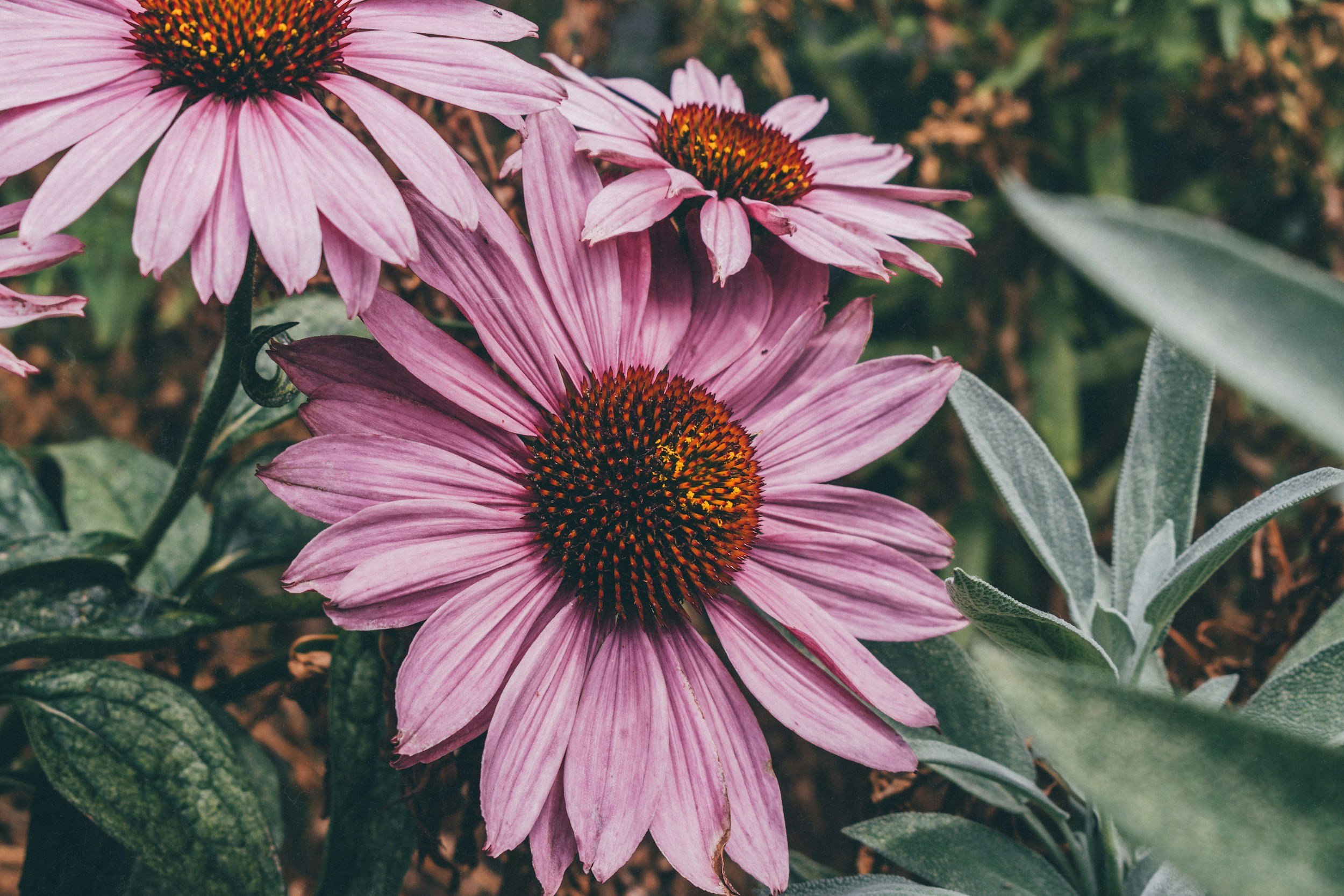
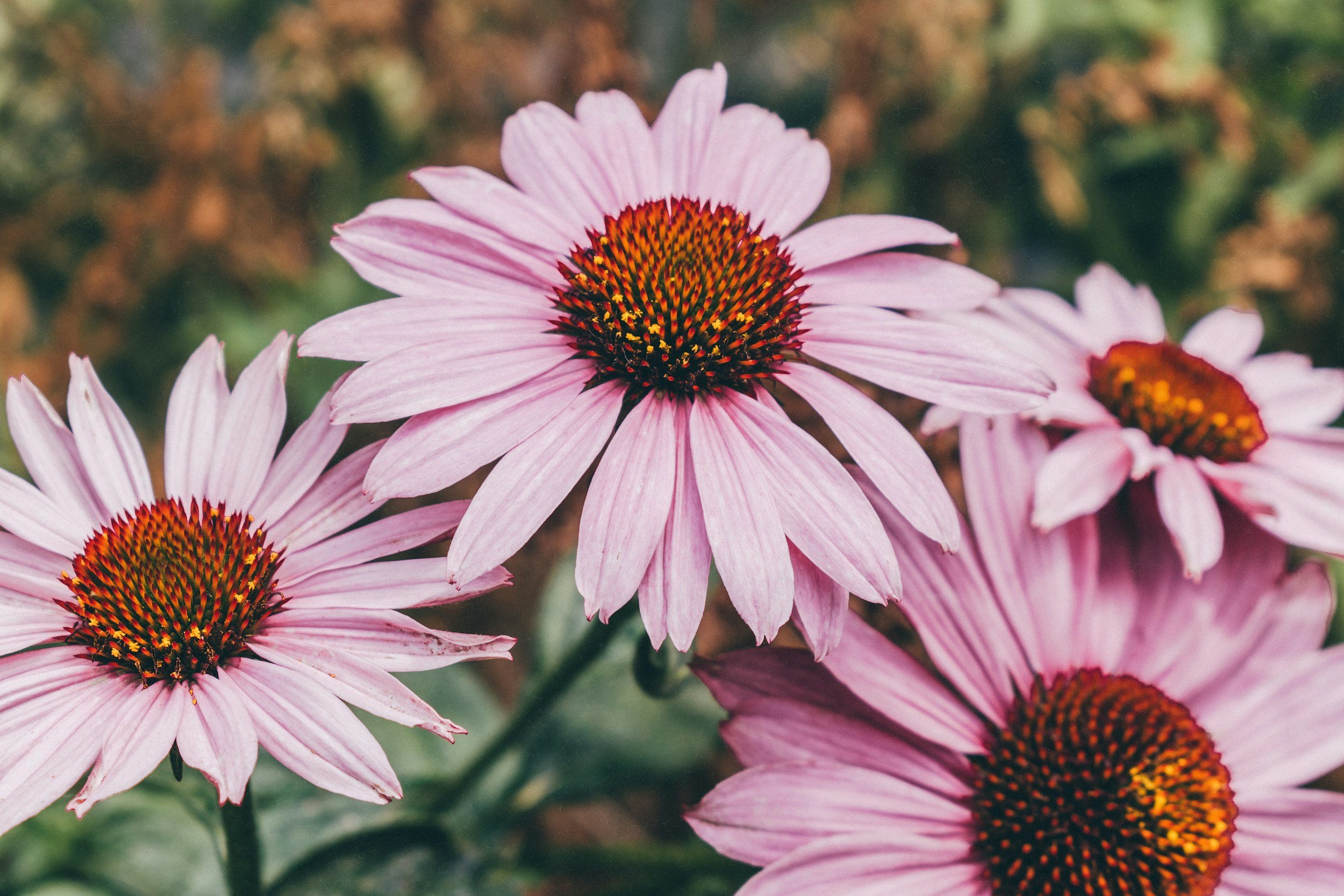
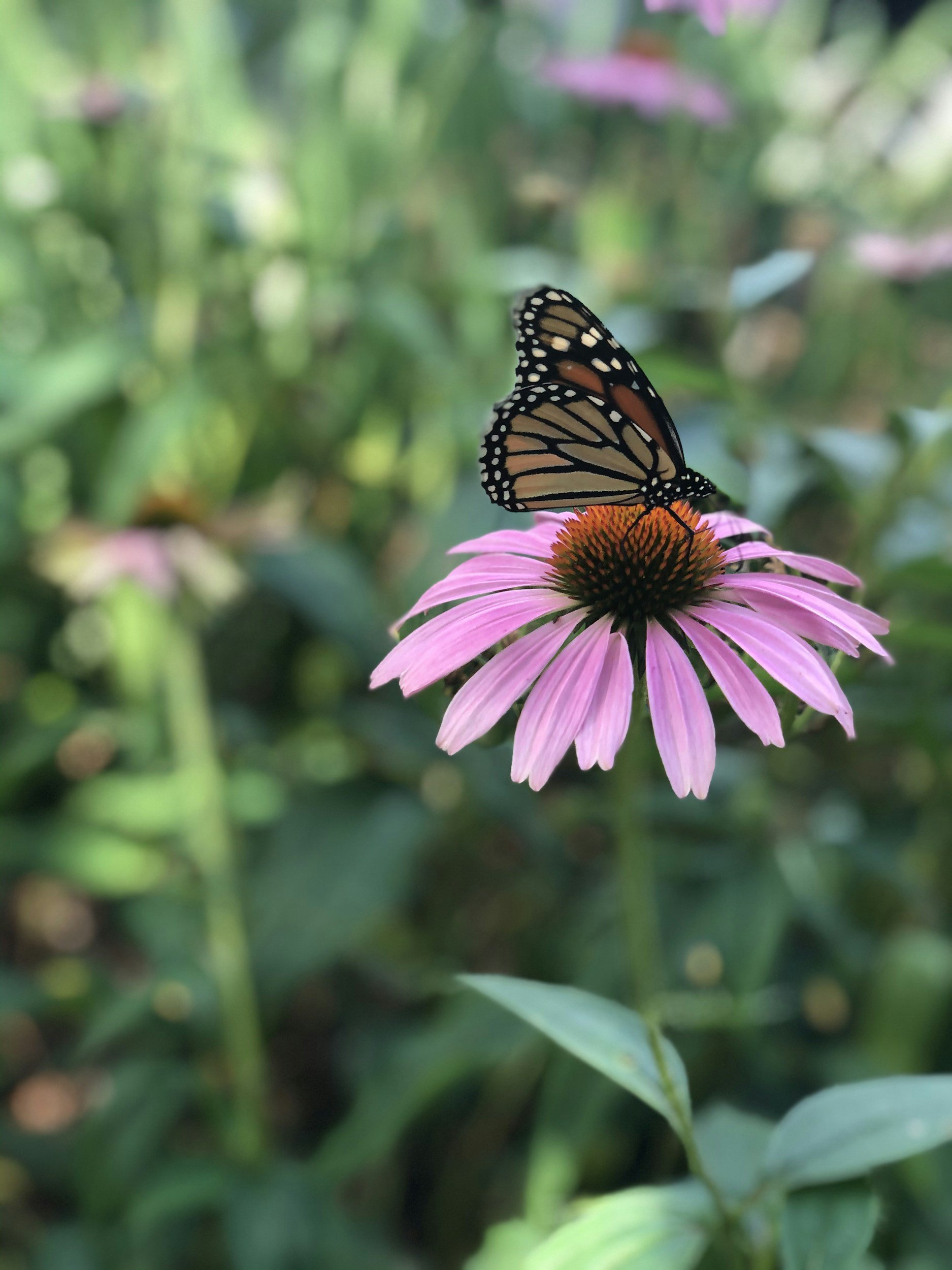
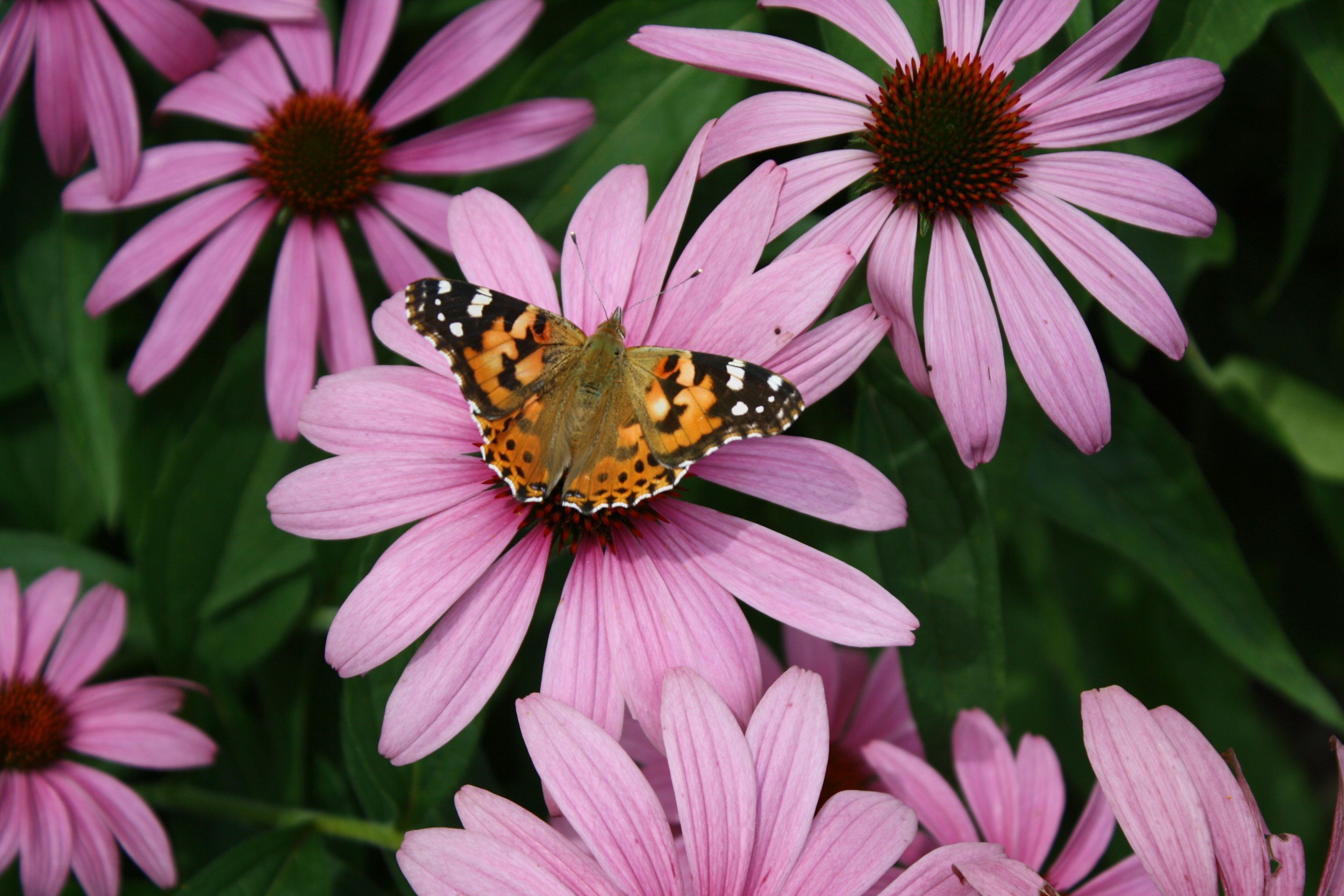
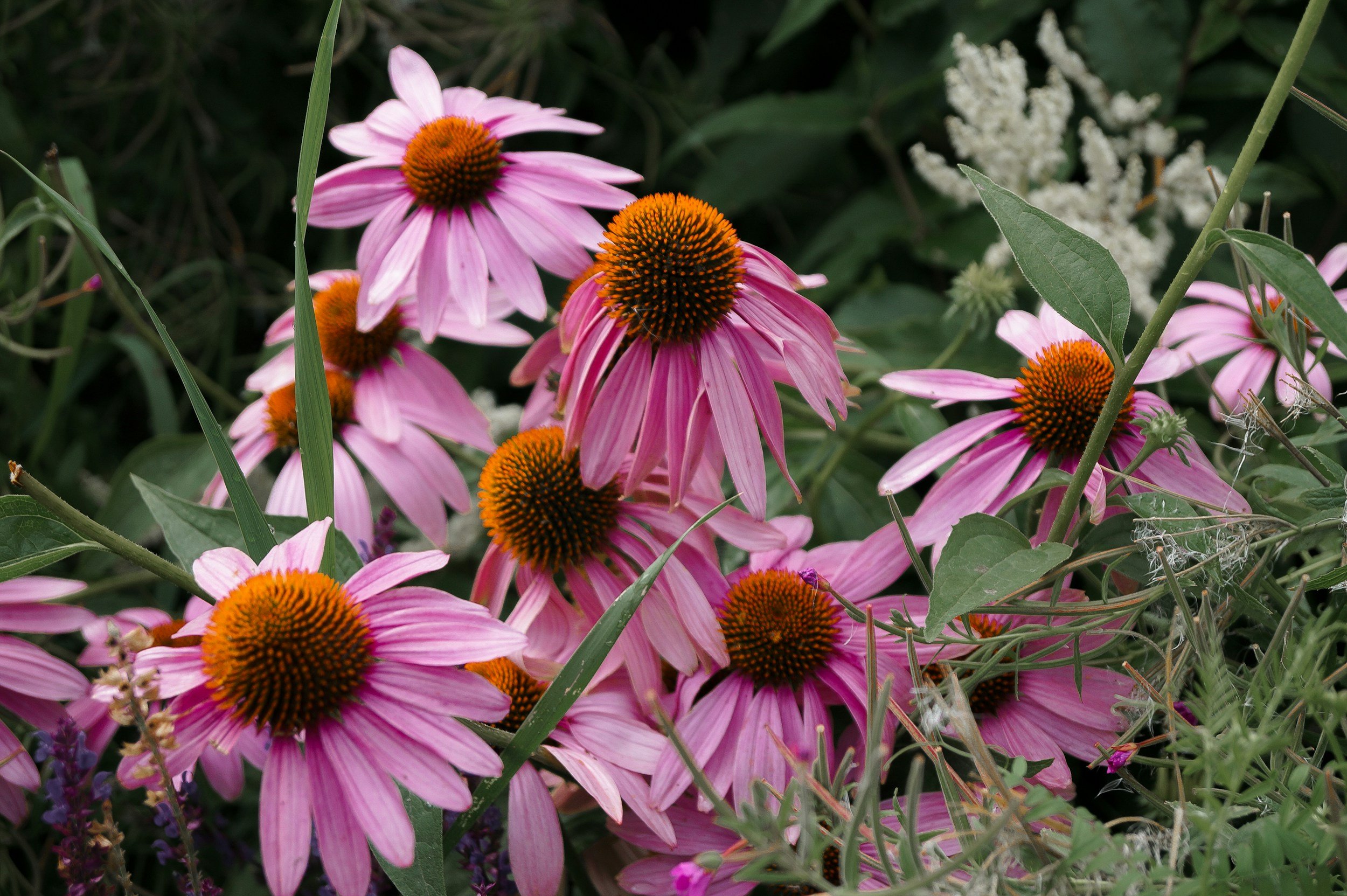
Sources
Bartram, T. (1998). Bartram’s encyclopedia of herbal medicine. Constable.
Fisher, C. (2018). Materia medica of western herbs (Rev. ed.). Aeon Books.
Hedley, C., & Shaw, N. (2020). A herbal book of making and taking. Aeon Books.
Hoffmann, D. (2003). Medical herbalism: The science and practice of herbal medicine. Healing Arts Press.
McIntyre, A. (2019). The complete herbal tutor (Revised & expanded ed.). Aeon Books.
Royal Botanic Gardens, Kew. (n.d.). Plants of the World Online. https://powo.science.kew.org/
Mills, S., & Bone, K. (2013). Principles and practice of phytotherapy: Modern herbal medicine (2nd ed.). Churchill Livingstone; Elsevier.
Barnes, J., Anderson, L. A., & Phillipson, J. D. (2013). Herbal medicines (3rd ed.). Pharmaceutical Press.
Benzie, I. F. F., & Wachtel-Galor, S. (Eds.). (2011). Herbal medicine: Biomolecular and clinical aspects (2nd ed.). CRC Press; Taylor & Francis.
Evans, W. C. (2009). Trease and Evans’ pharmacognosy (16th ed.). Elsevier.
Disclaimer: This page is for educational purposes only. Consult a qualified medical herbalist before using herbs, especially during pregnancy, when trying to conceive, while breastfeeding, for medical conditions, or with children.
Read the full disclaimer → Medical Disclaimer.




